Over the decades, several plane crashes in the United States have resulted in significant loss of life and have left lasting impacts on aviation safety. These tragic events are often attributed to a combination of human error, mechanical failure, adverse weather conditions, and, in some instances, deliberate sabotage.
Time and again, the National Transportation Safety Board (NTSB) has emphasized the importance of rigorous maintenance protocols, advanced pilot training, and the implementation of robust safety technologies to prevent such disasters. Based on multiple official reports related to Aviation, we’ve compiled a list of some of the most dangerous plane crashes in the history of the U.S.
Grand Canyon Mid-Air Collision (1956)
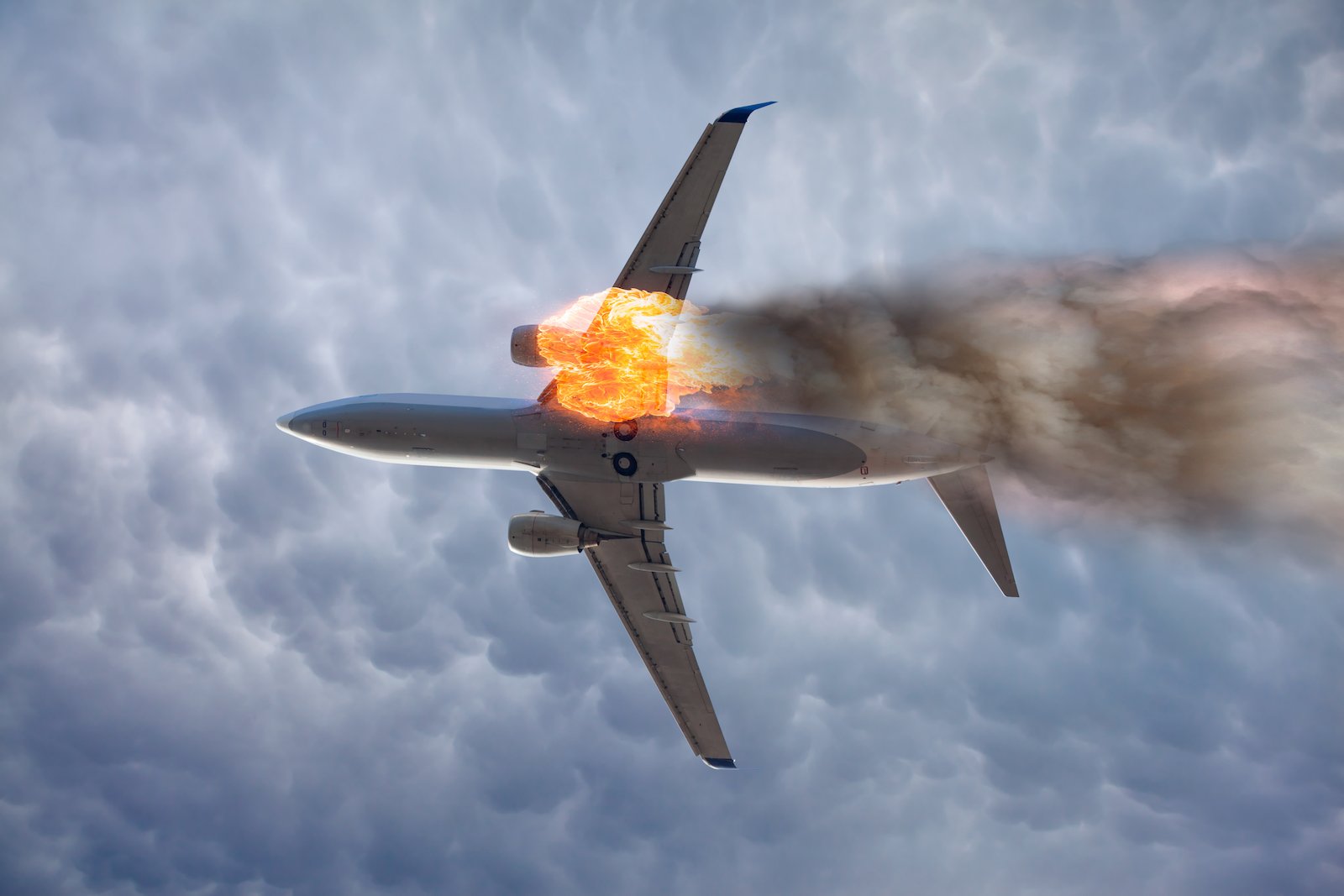
In one of the deadliest aviation accidents in the United States, the Grand Canyon Mid-Air Collision occurred on June 30, 1956, when Trans World Airlines Flight 2 and United Airlines Flight 718 clashed mid-air over the Grand Canyon. The crash resulted in losing all 128 passengers and crew members on board both aircraft. In 2014, the crash site was designated a National Historic Landmark.
Tenerife Airport Disaster (1977)
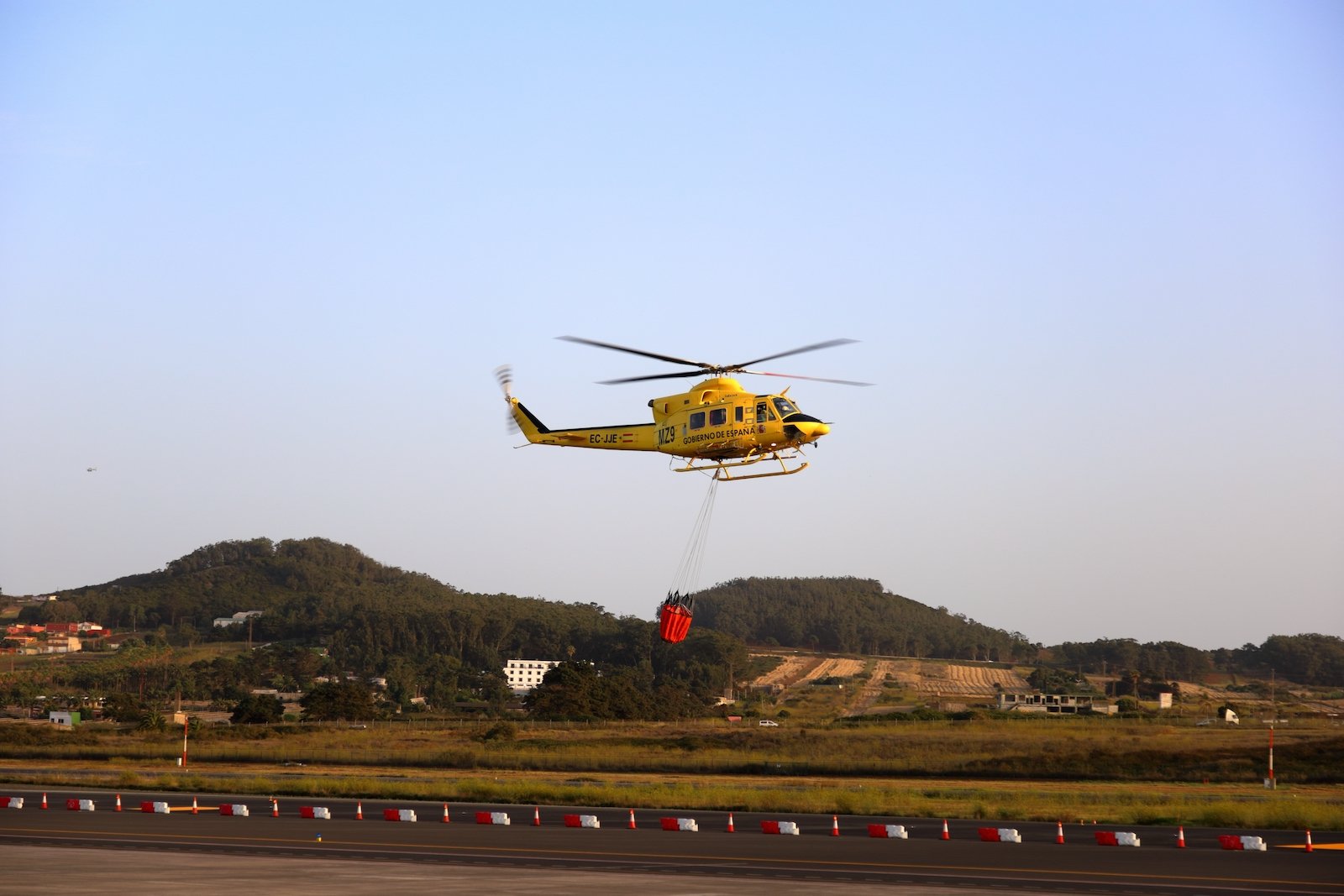
The Tenerife Airport Disaster, occurring on March 27, 1977, is recognized as the deadliest aviation accident in history, despite not happening in the United States. The collision took place at Los Rodeos Airport (now Tenerife North Airport) on the Canary Island of Tenerife, involving two Boeing 747s operated by KLM and Pan American World Airways (Pan Am). The resulting collision led to a catastrophic explosion and fire, killing 583 people out of the 644 occupants on both planes.
PSA Flight 182 (1978)
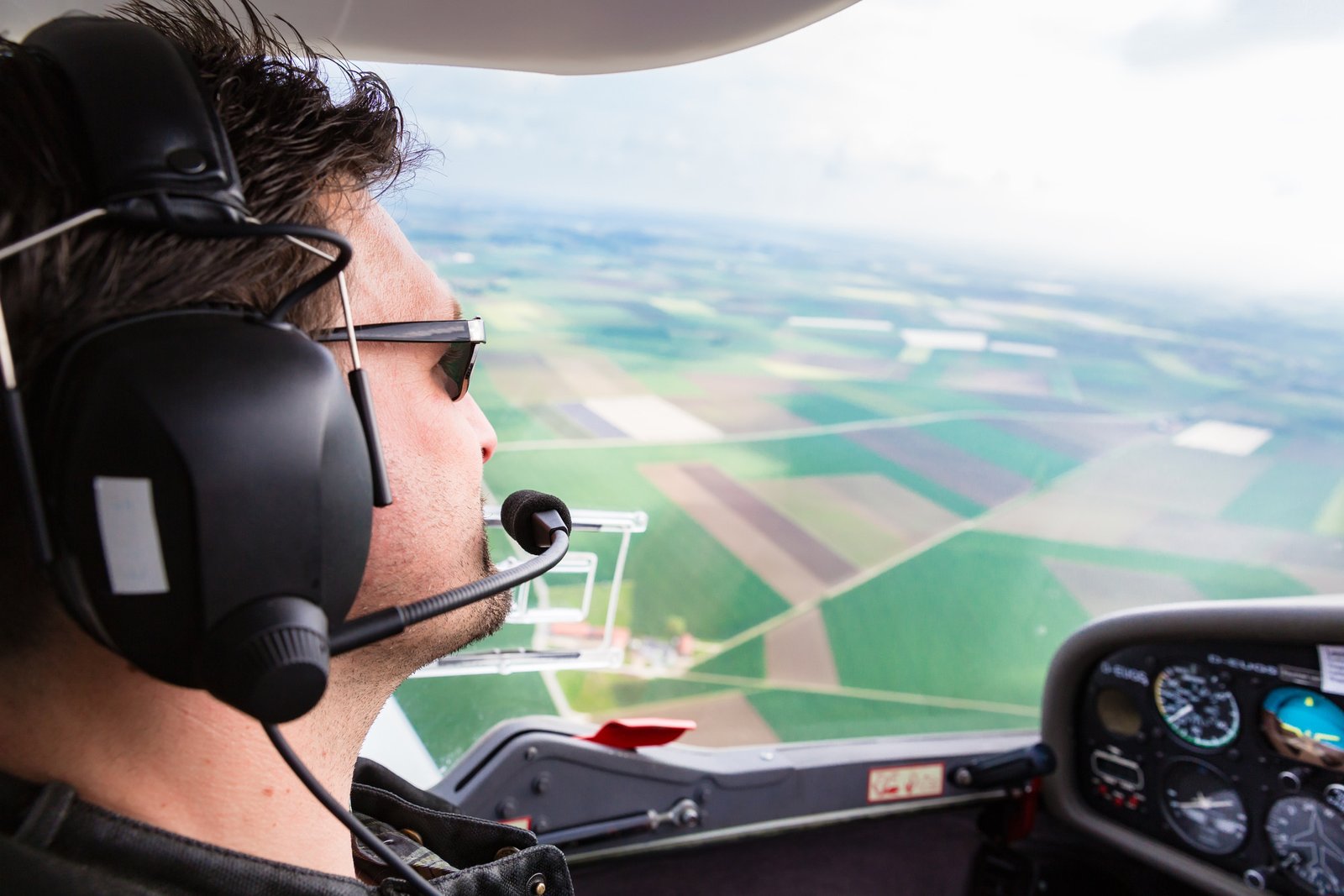
PSA Flight 182, a Pacific Southwest Airlines Boeing 727, crashed in San Diego, California, on September 25, 1978, resulting in 144 fatalities. The crash occurred due to a mid-air collision with a private Cessna 172, which was also flying in the same airspace. The NTSB investigation attributed the primary cause to human error, specifically the failure of the air traffic control system and the PSA flight crew to maintain proper separation between the aircraft.
American Airlines Flight 191 (1979)
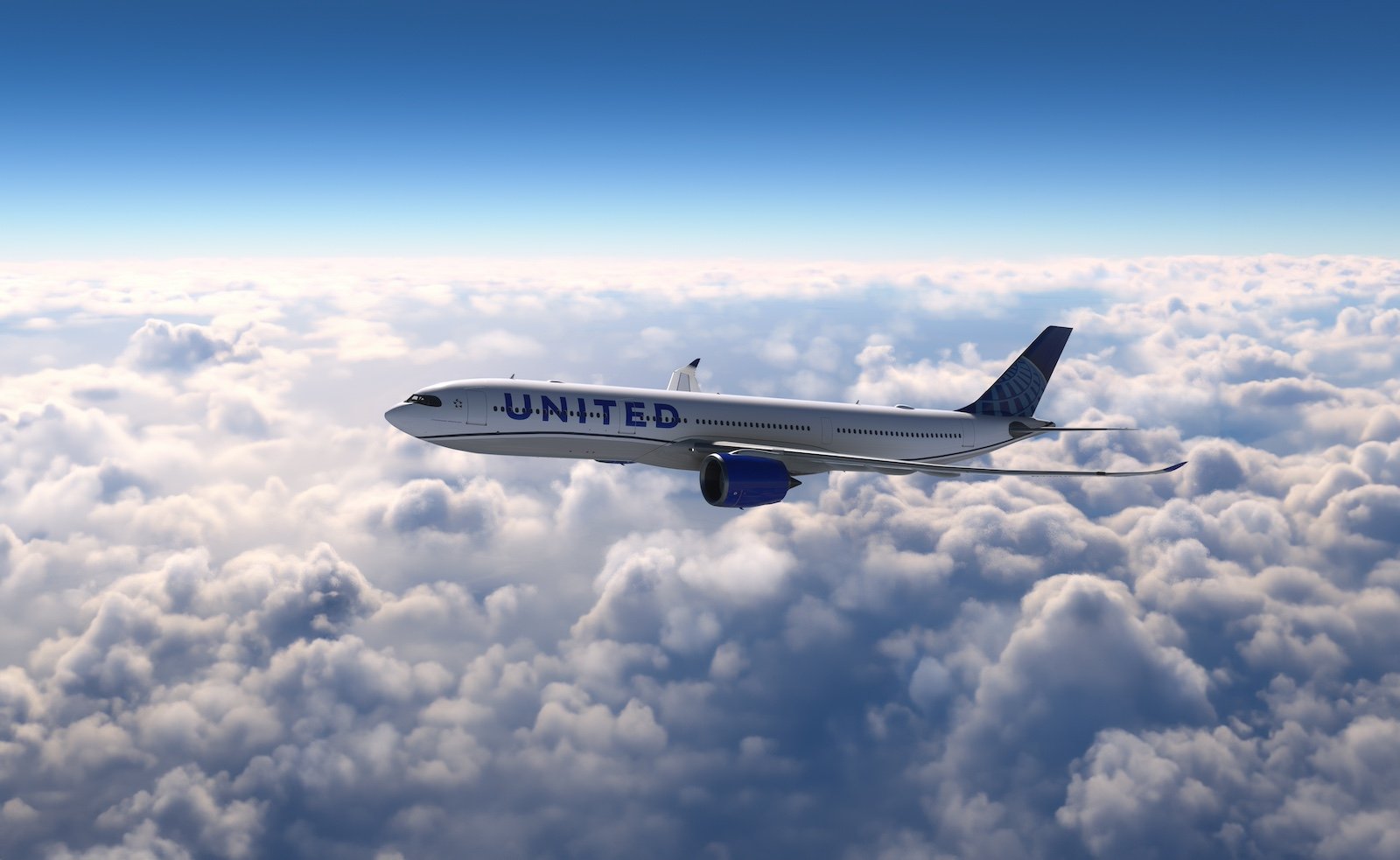
American Airlines Flight 191 crashed on May 25, 1979, shortly after takeoff from O’Hare International Airport in Chicago, Illinois, resulting in the deadliest aviation accident in U.S. history with 273 fatalities. The disaster occurred when the left engine detached from the McDonnell Douglas DC-10 aircraft, causing severe damage to the left wing and hydraulic systems. The subsequent loss of control caused the plane to crash into an open field, leading to the tragic loss of all 258 passengers, 13 crew members, and two individuals on the ground.
Air Florida Flight 90 (1982)
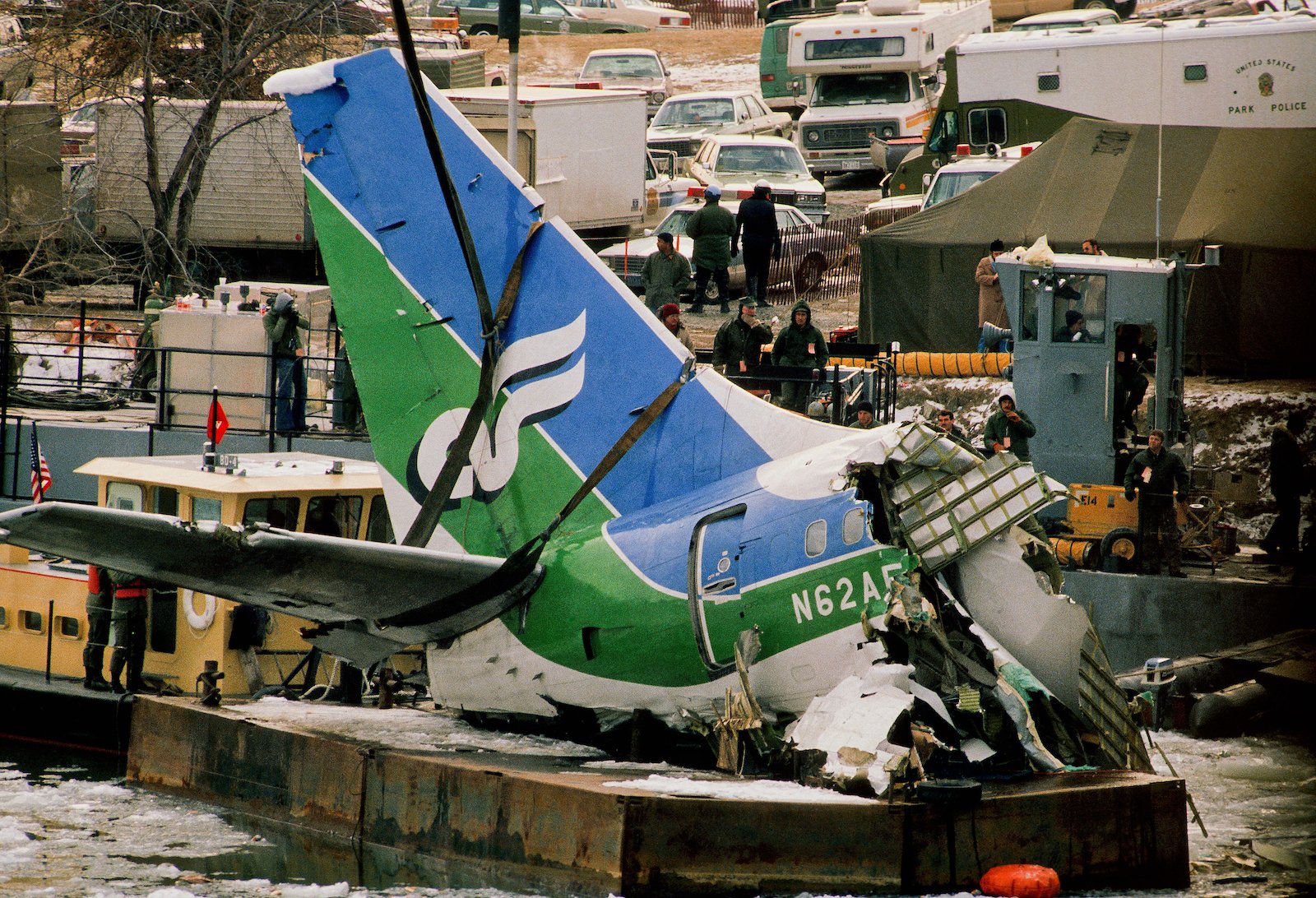
Air Florida Flight 90 collapsed into the Potomac River in Washington, D.C., on January 13, 1982, shortly after takeoff from Washington National Airport. As per the official report by the Federal Aviation Administration, the Boeing 737-200 series airplane crash resulted in the deaths of 70 passengers, four crew members aboard, and four motorists on the 14th Street Bridge, which the plane struck before plunging into the icy river.
Delta Air Lines Flight 191 (1985)
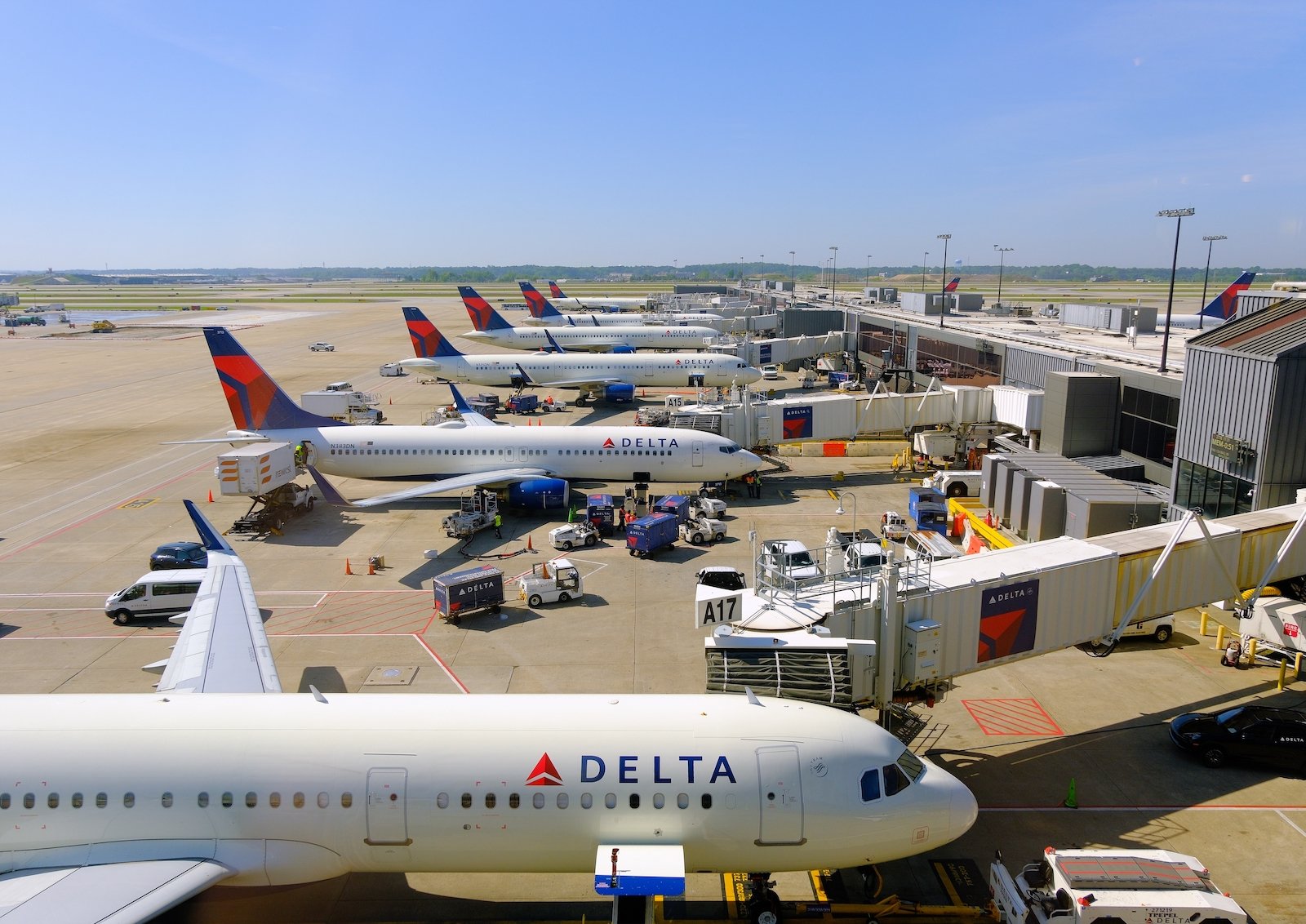
Delta Air Lines Flight 191 crashed on August 2, 1985, while attempting to land at Dallas/Fort Worth International Airport. As per the NTSB investigation report published on the National Weather Services page, the disaster’s primary cause was a microburst-induced wind shear, a sudden and powerful downdraft of wind, which caused the aircraft to lose control during its final approach. The impact resulted in the deaths of 137 people.
Pan Am Flight 103 (1988)
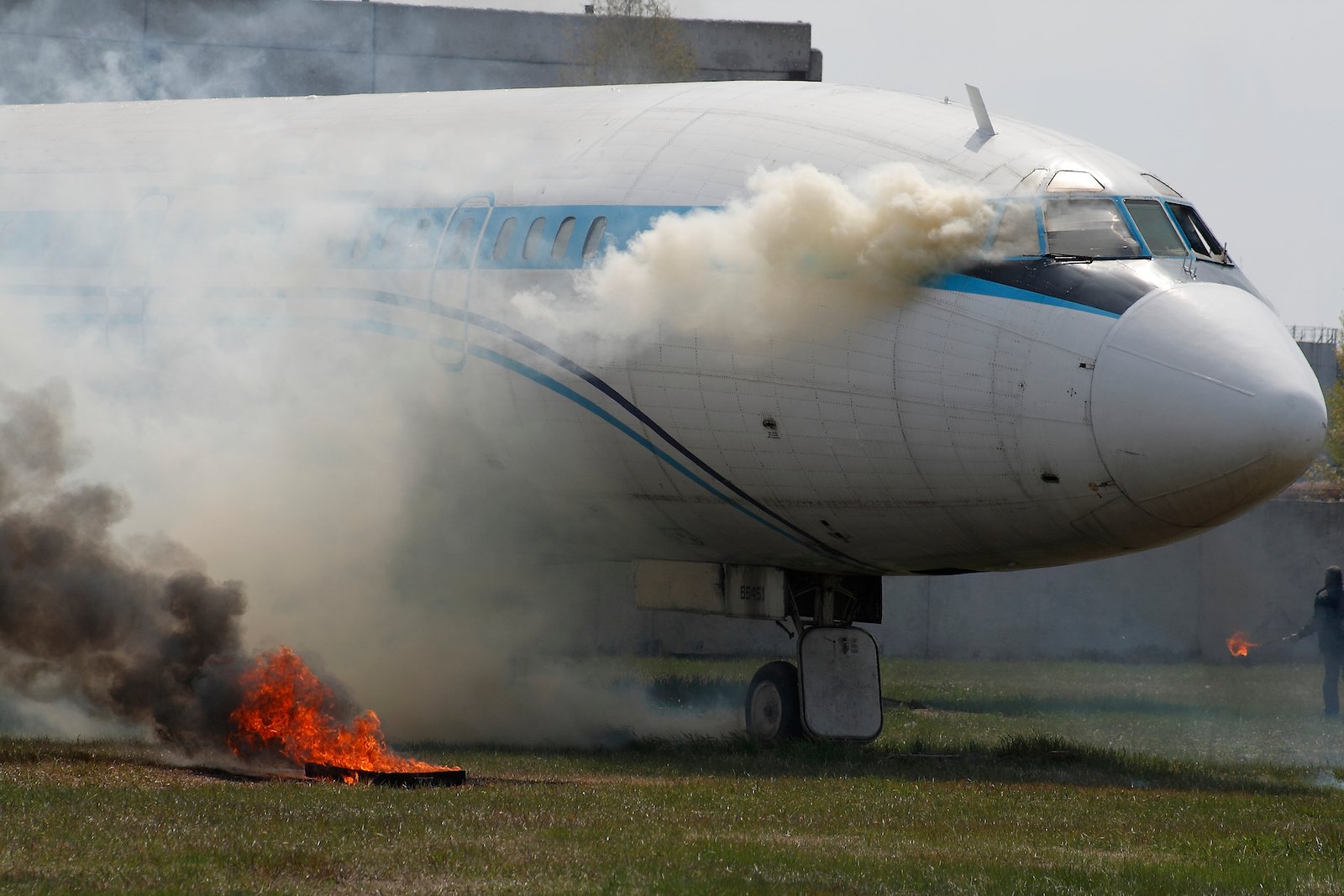
Pan Am Flight 103, infamously known as the Lockerbie bombing, was a transatlantic flight from Frankfurt to Detroit via London and New York that tragically ended on December 21, 1988. On December 21, 1988, tragedy struck when the Boeing 747 was destroyed by a bomb hidden in its cargo hold. The explosion occurred over Lockerbie, Scotland, leading to the deaths of all 259 people on board. Additionally, 11 residents on the ground were killed, bringing the total number of casualties to 270.
United Airlines Flight 232 (1989)
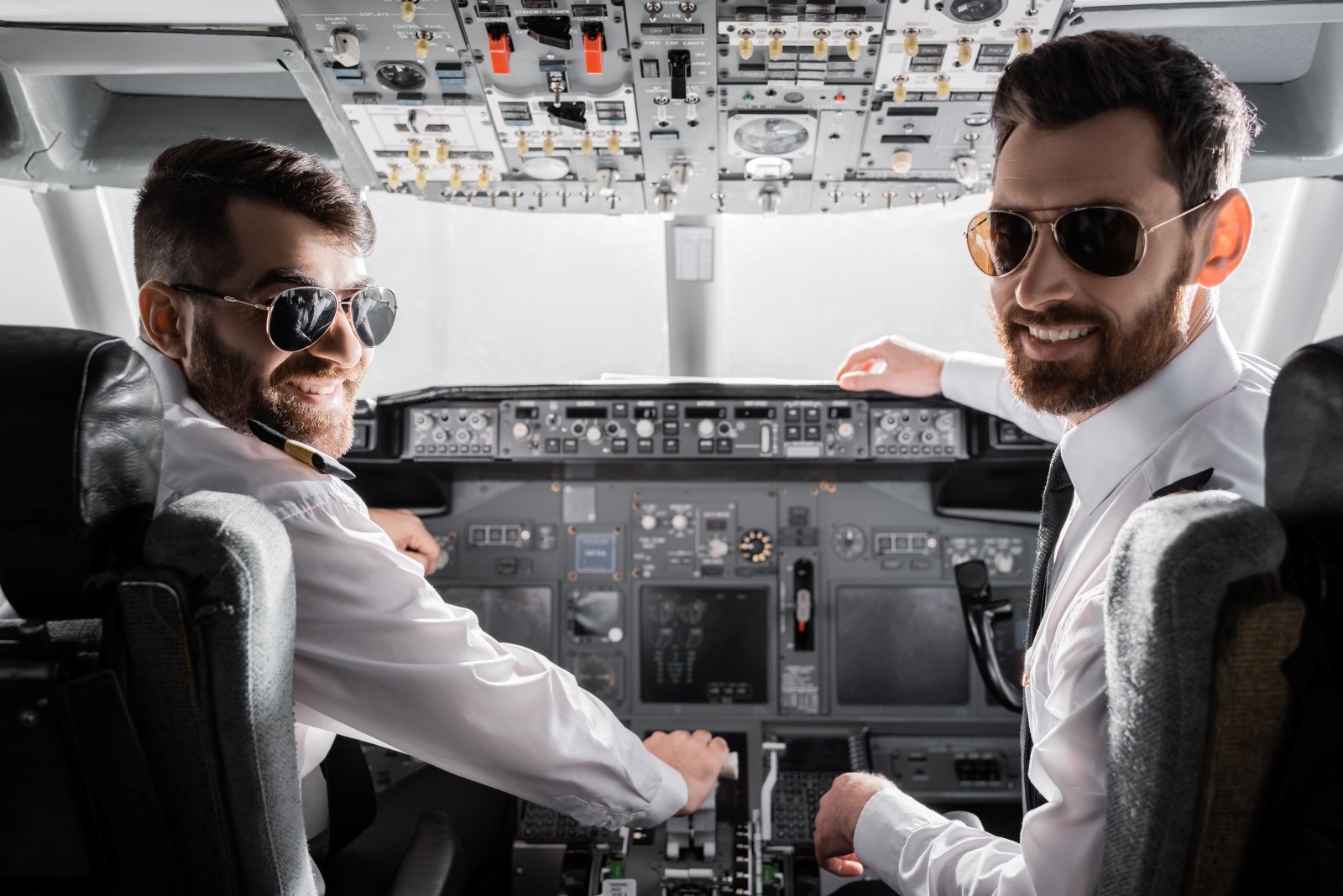
On July 19, 1989, United Airlines Flight 232, en route from Denver to Chicago, experienced catastrophic failure when its tail-mounted engine suffered a complete mechanical breakdown, resulting in the loss of all hydraulic systems. Despite the severe malfunction, the crew, led by Captain Al Haynes, managed to guide the plane towards Sioux Gateway Airport in Iowa for an emergency landing. Tragically, the aircraft crash-landed and broke apart upon impact, leading to the deaths of 112 of the 296 passengers and crew on board.
TWA Flight 800 (1996)
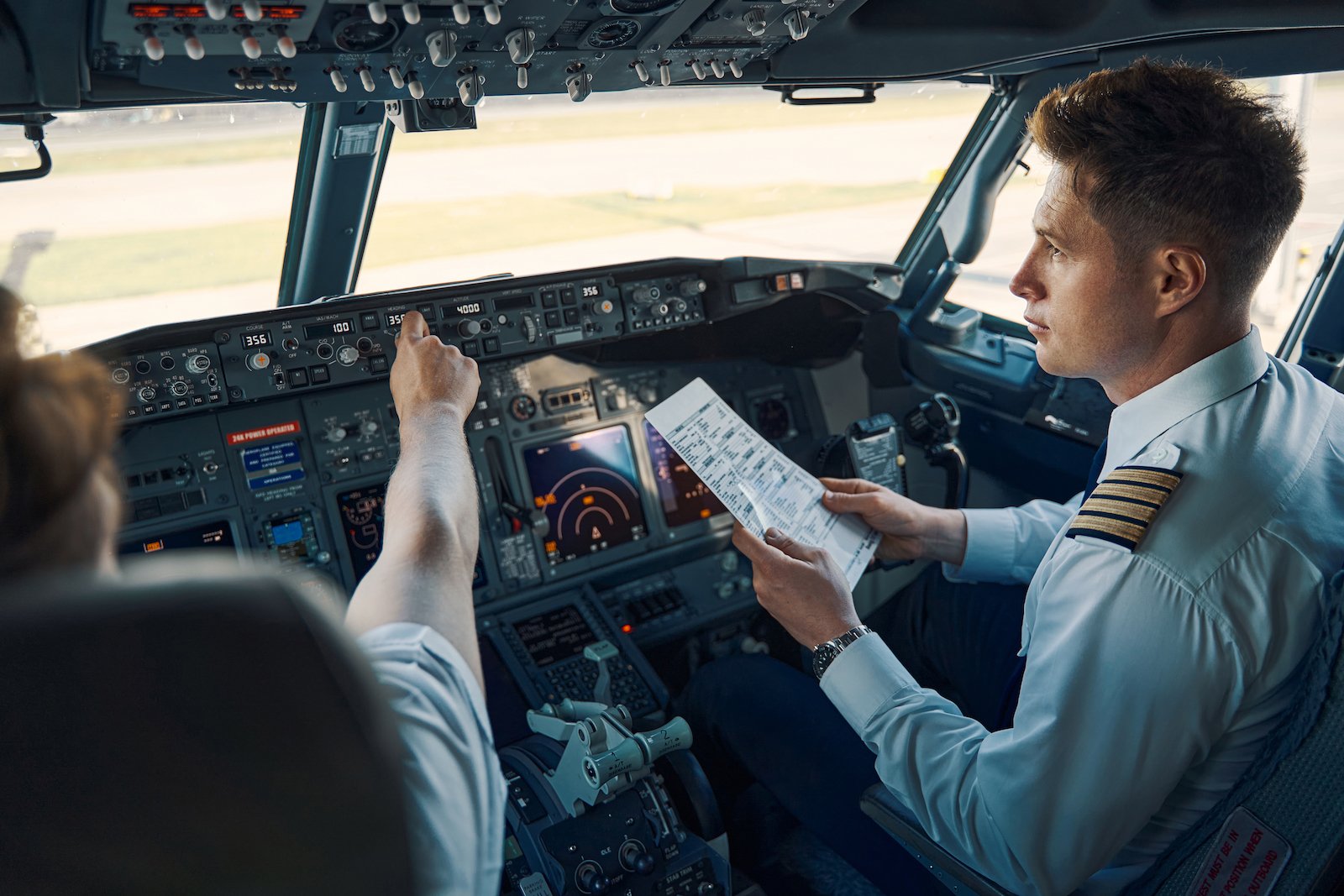
TWA Flight 800, a Boeing 747, tragically exploded and collapsed into the Atlantic Ocean near East Moriches, New York, on July 17, 1996, shortly after takeoff from JFK Airport. Official reports concluded that the disaster was caused by a fuel tank explosion likely due to an electrical short circuit. The tragic incident led to the loss of all 230 passengers and crew members on board.
ValuJet Flight 592 (1996)
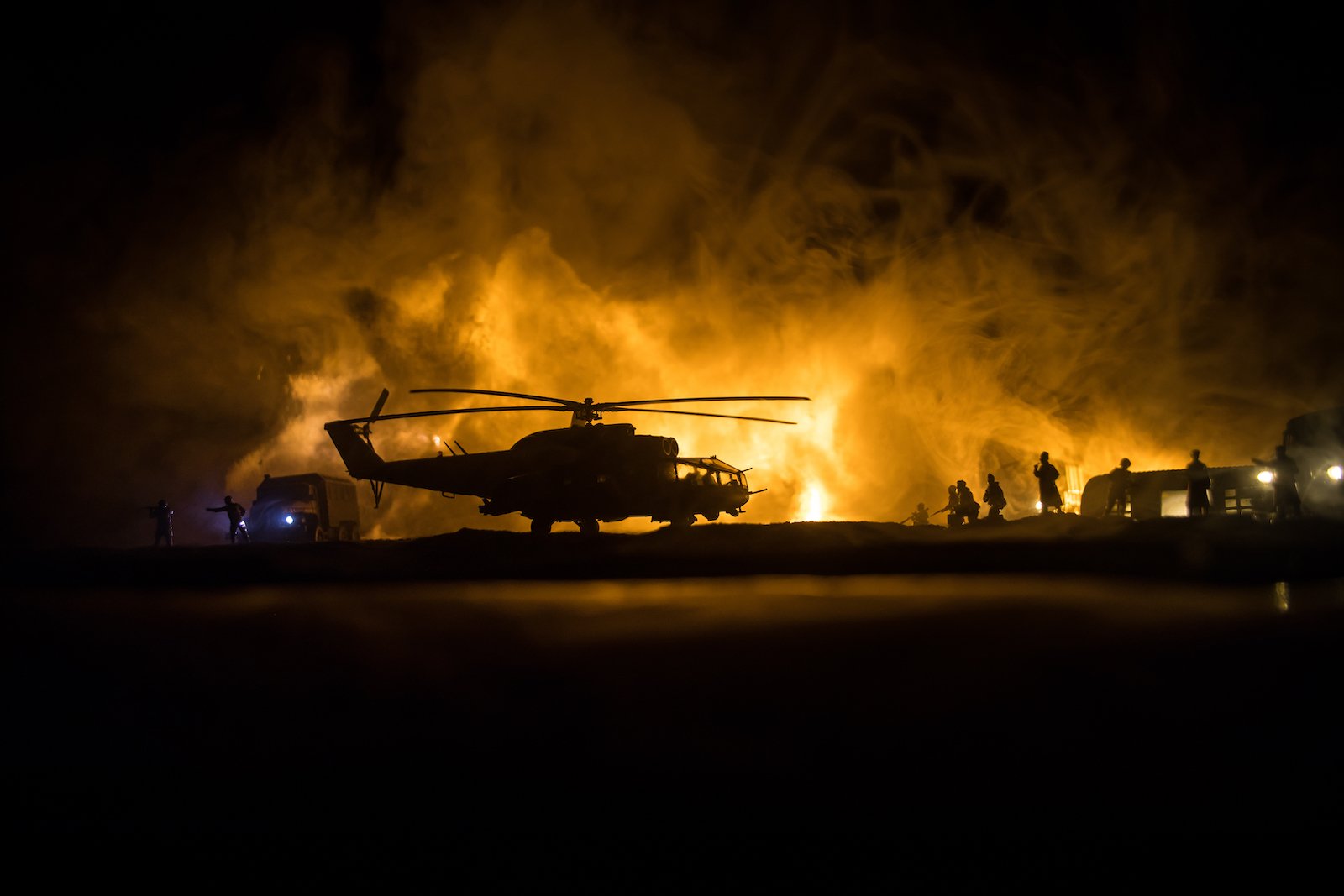
ValuJet Flight 592 tragically crashed into the Florida Everglades on May 11, 1996, resulting in the deaths of all 110 passengers and crew members on board. The crash was caused by an in-flight fire that originated from improperly stored oxygen generators in the aircraft’s cargo hold. The oxygen generators, which were not adequately secured and labeled, ignited and caused a rapid and uncontrollable fire.
Alaska Airlines Flight 261 (2000)
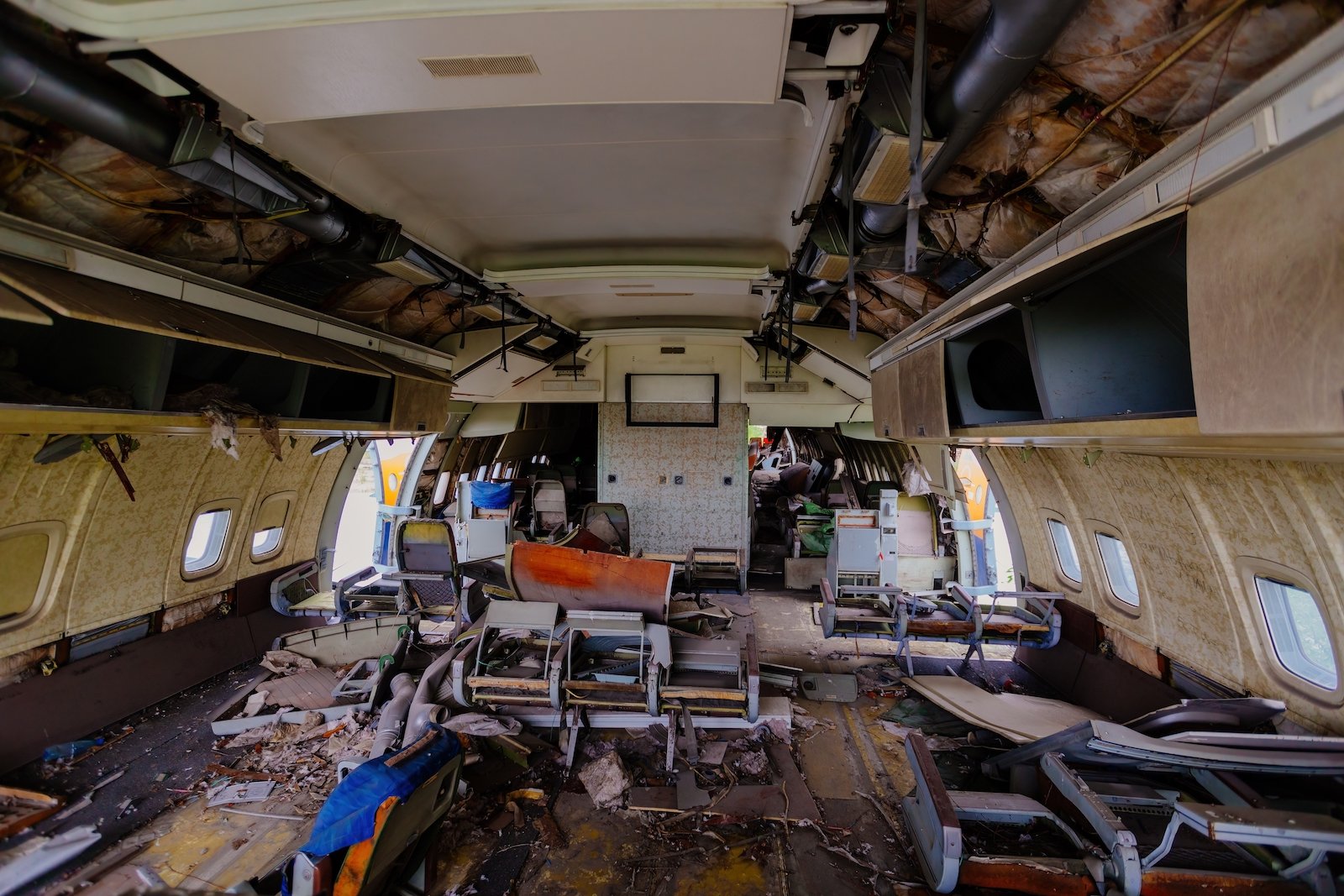
Alaska Airlines Flight 261 collapsed into the Pacific Ocean near California on January 31, 2000, resulting in the deaths of all 88 people on board. The accident was caused by a loss of control following a failure of the aircraft’s horizontal stabilizer trim system. Investigations by the NTSB revealed that the jackscrew assembly responsible for controlling the stabilizer had experienced excessive wear due to insufficient lubrication, leading to its eventual failure.
American Airlines Flight 77 (2001)
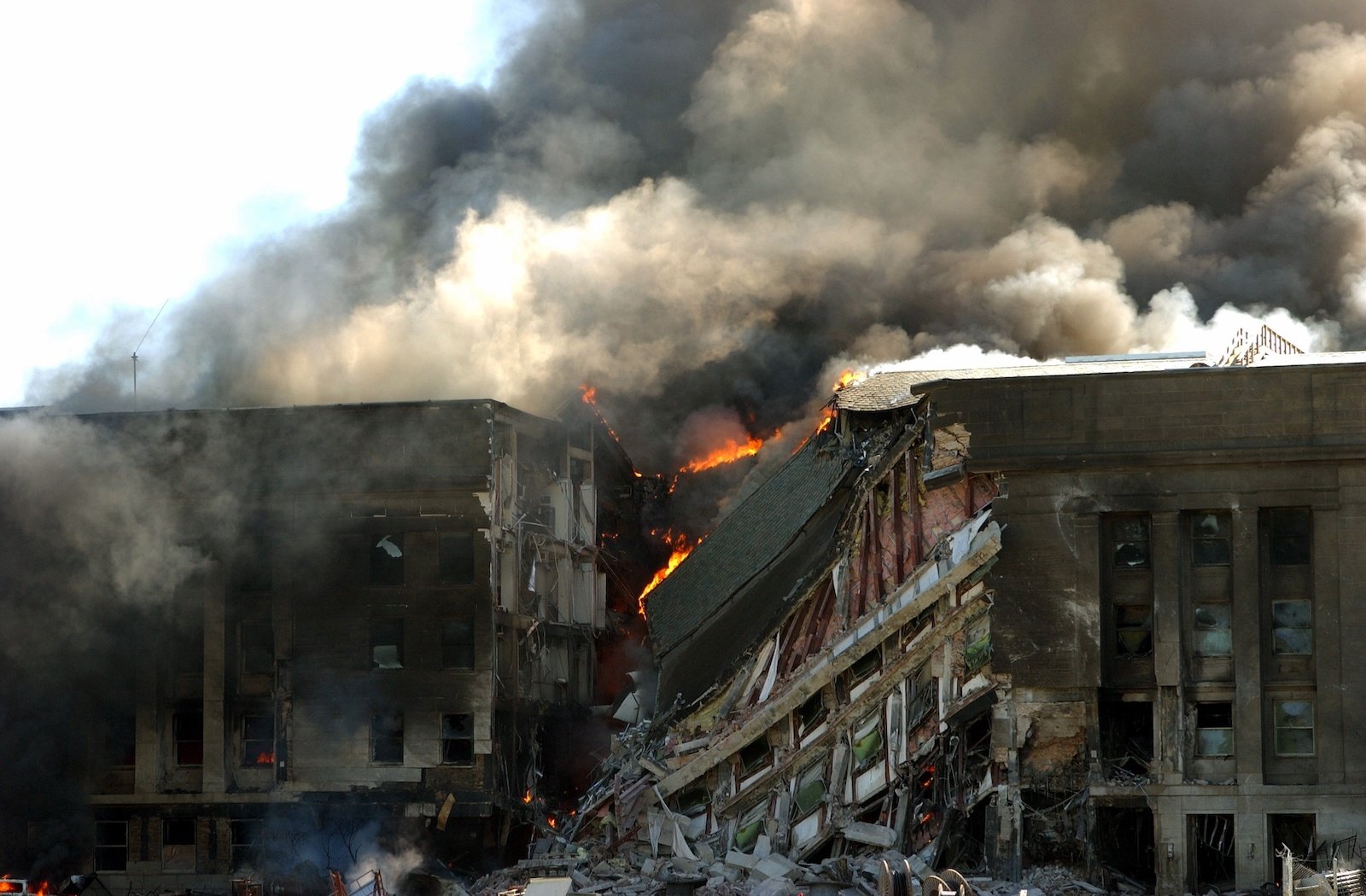
On September 11, 2001, American Airlines Flight 77 was hijacked by five terrorists and deliberately crashed into the Pentagon in Arlington, Virginia. This tragic incident resulted in the deaths of all 64 individuals on board, including the crew and passengers, as well as 125 military and civilian personnel on the ground. It was one of the four major commercial planes that crashed during the 9/11 attacks.
American Airlines Flight 11 and United Airlines Flight 175 (2001)
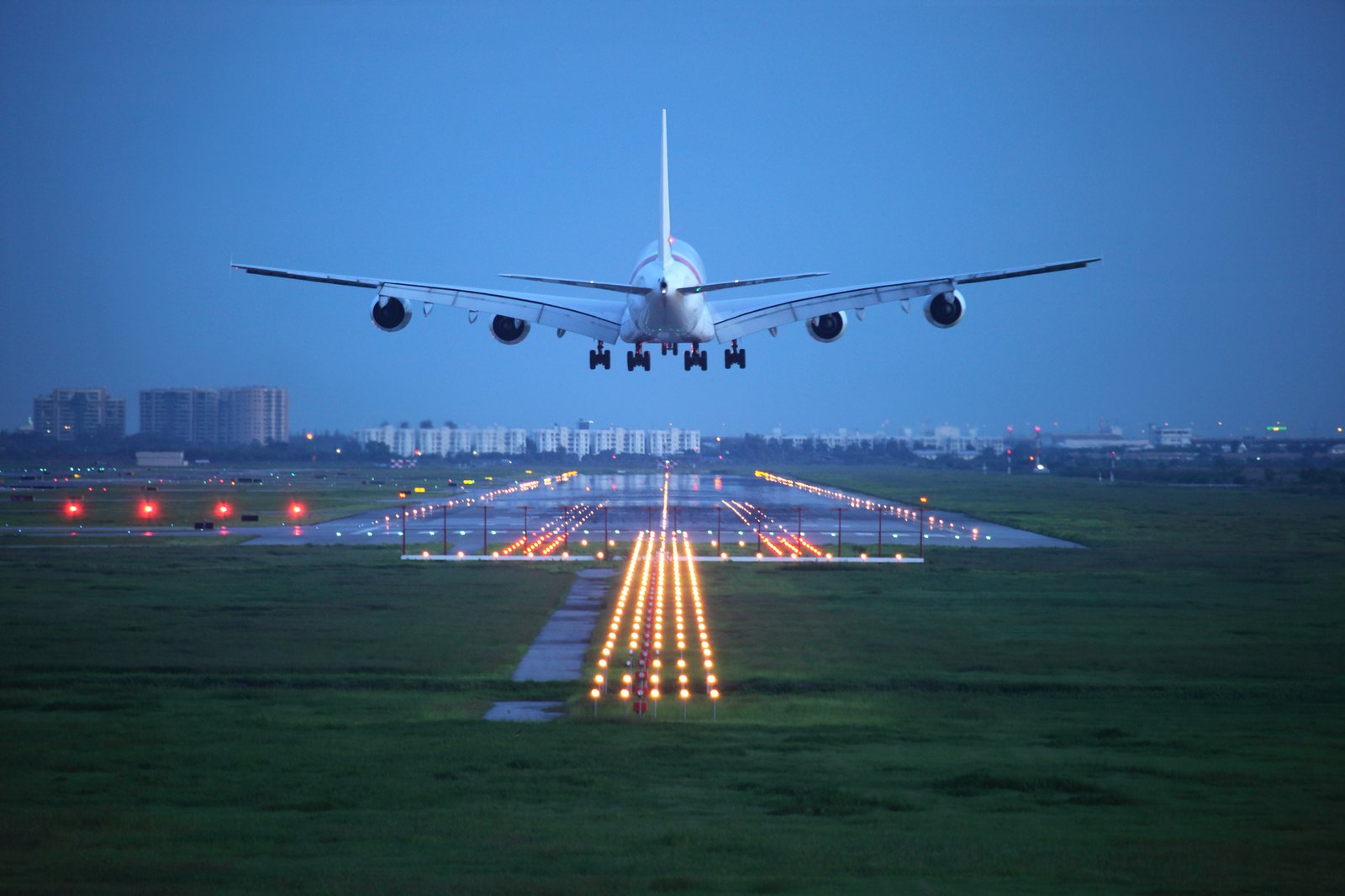
On September 11, 2001, American Airlines Flight 11 and United Airlines Flight 175 were hijacked by terrorists and used as weapons in the most devastating terrorist attacks in U.S. history. Flight 11, a Boeing 767, was en route from Boston to Los Angeles when it was forcibly crashed into the North Tower of the World Trade Center. Shortly after, Flight 175, also a Boeing 767 traveling the same route, was crashed into the South Tower. Both impacts resulted in the complete destruction of the towers and the loss of thousands of lives, including all passengers and crew on the flights. This horrific event not only marked one of the deadliest plane crashes but also a pivotal moment in global security and terrorism awareness.
Asiana Airlines Flight 214 (2013)
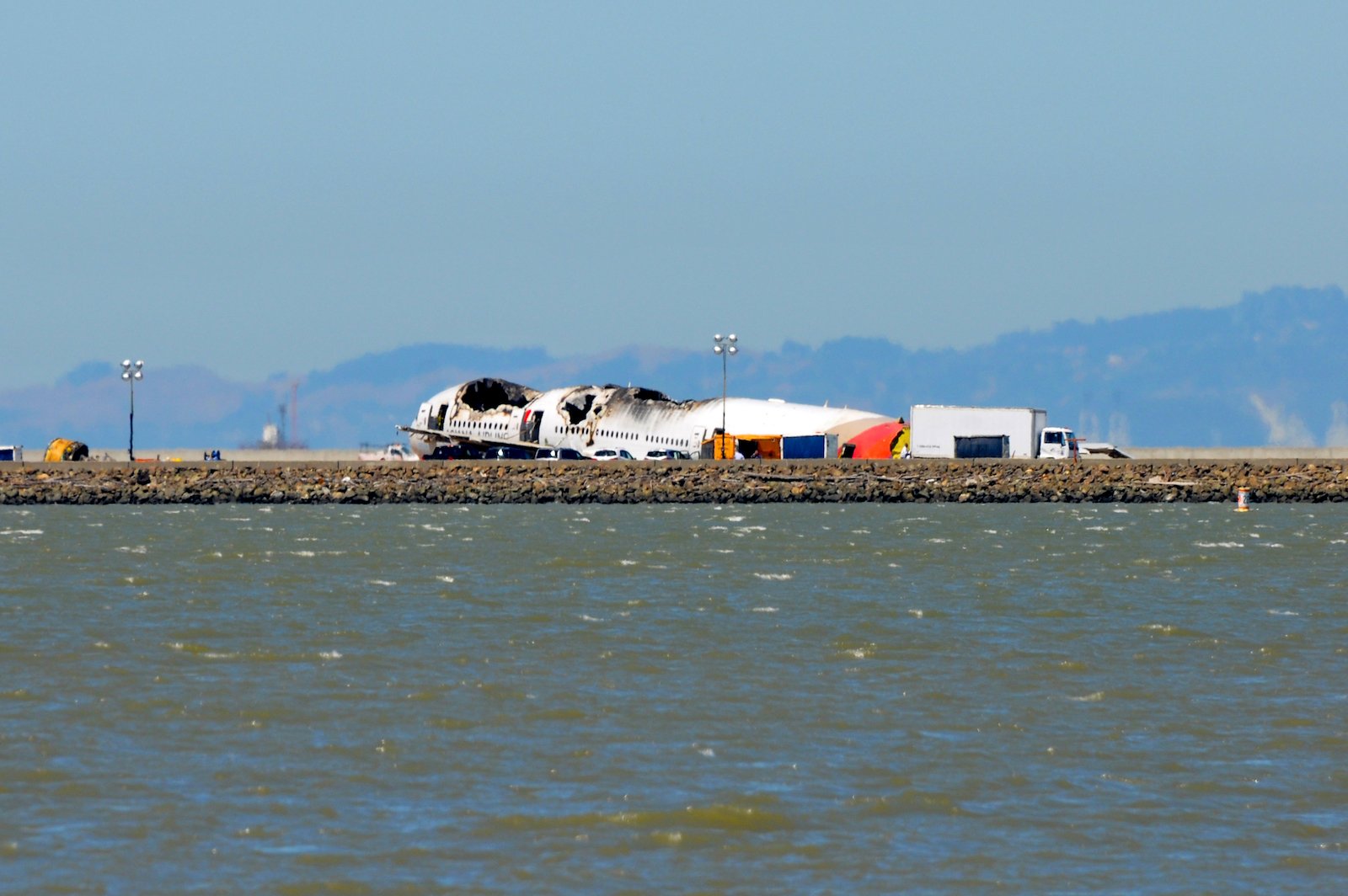
Asiana Airlines Flight 214 crashed on July 6, 2013, while trying to land at San Francisco International Airport. Reports indicate that the primary causes of the plane crash were the flight crew’s mismanagement and inadequate monitoring of airspeed during the final approach. The collision resulted in three fatalities and 187 injuries among the 307 passengers and crew on board.


